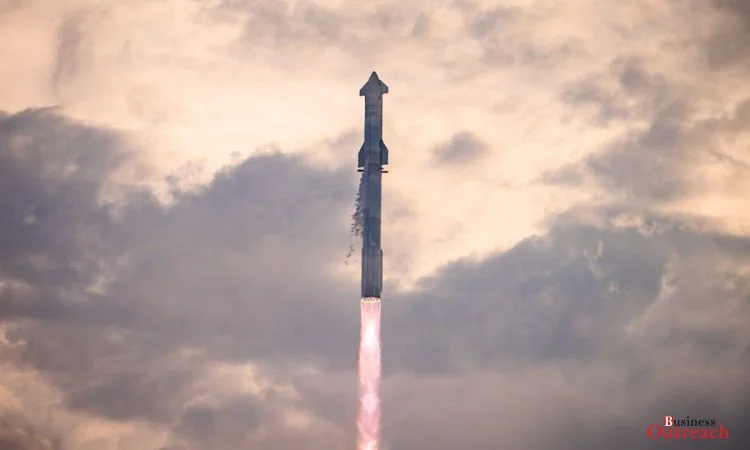Elon Musk’s ambitious vision for SpaceX promises a future where traveling to the Moon and Mars becomes accessible to the general public. This transformative idea not only aims to advance human exploration but also aspires to make humanity a multi-planetary species, a core objective for Musk since SpaceX’s inception in 2002.

Musk’s recent announcements highlight a meticulously planned trajectory for SpaceX. The cornerstone of this endeavor is the Starship, a towering spacecraft designed for deep-space missions. Standing at 500 feet tall, the Starship will undergo several development stages, with multiple launches planned over the next few years. By the end of 2024, SpaceX aims to construct an additional six Starship spacecraft, paving the way for frequent and efficient missions to the Moon and Mars.
SpaceX has set an ambitious schedule, with Musk projecting the first human mission to Mars as early as 2026, contingent on successful interim milestones. This timeline, while optimistic, underscores Musk’s confidence in the rapid development and iteration of SpaceX technology. Starship prototypes are continuously being tested, with significant advancements anticipated in the coming months.
In the nearer term, SpaceX is gearing up for potential lunar missions. The company has secured a contract with NASA to develop a lunar lander for the Artemis program, which aims to establish a sustainable human presence on the Moon by the end of the decade. The first crewed Artemis mission could take place as soon as 2024, aligning with SpaceX’s timeline for the Starship’s readiness.
The Starship represents a leap in space travel technology. Both the Starship and its booster, the Super Heavy, are designed to be fully reusable, significantly reducing the cost of each mission. This reusability is crucial for Musk’s vision of making space travel as routine as air travel. The spacecraft will be capable of carrying over 100 tons of payload to low Earth orbit and can be refueled in space, enabling extended missions to Mars.
However, Musk’s vision is not without challenges. Each launch’s environmental impact, particularly on the ecologically sensitive areas surrounding SpaceX’s facilities, has drawn criticism. Moreover, the logistical feat of conducting multiple launches, potentially up to 10 daily during optimal Mars launch windows, requires overcoming significant regulatory and technical hurdles.
SpaceX’s endeavors illustrate a broader trend of increased collaboration between private companies and governmental agencies. NASA’s partnership with SpaceX for the Artemis program exemplifies how private sector innovation can complement public sector goals. This synergy is vital for the sustainable exploration and colonization of other celestial bodies.
Musk envisions a future where space travel is democratized, with ordinary people having the opportunity to journey beyond Earth. This vision aligns with his broader goal of ensuring the survival and prosperity of humanity by reducing the risk of planetary-scale disasters. Establishing human settlements on the Moon and Mars could serve as a “plan B” for humanity, ensuring the continuity of human civilization in the face of existential threats.
Elon Musk’s vision for SpaceX heralds a new era in space exploration, driven by bold ambitions and groundbreaking technology. While significant challenges remain, the progress made thus far is a testament to the potential of human ingenuity and the power of private-public collaboration in pushing the boundaries of what is possible. As SpaceX moves closer to realizing its goals, the dream of interplanetary travel is poised to become a reality, transforming our understanding of our place in the universe.















